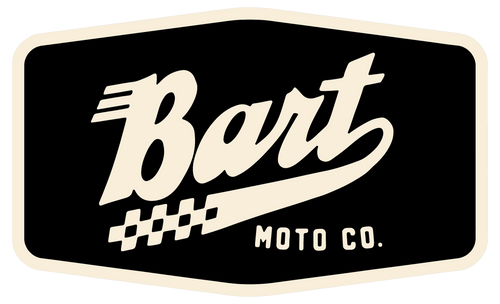Step 1: Start and Warm Up the Engine
- Use the choke to start the engine when cold.
- If it struggles to start, slightly open the throttle while cranking.
- Once running, gradually close the choke.
- Adjust the idle. Set the idle just high enough that the engine idles smoothly, doesn’t stall under light load, and returns to idle quickly after blipping the throttle.
- Allow the engine to reach full operating temperature before proceeding.
Step 2: Set the Idle Mixture (Pilot Circuit)
Most 4-stroke carburetors use a fuel screw, located on the engine side of the carburetor.
- Turning the fuel screw out = richer mixture
- Turning it in = leaner mixture
Adjustment Procedure:
- Start with the fuel screw 1.5 turns out from lightly seated.
- Turn the screw in or out in 1/8-turn increments, pausing 10–15 seconds between adjustments.
- Find the position that produces the highest, smoothest idle RPM.
- Use the idle speed screw to maintain a steady idle during this process.
- The final screw position should be between 1 and 2 turns out.
- Less than 1 turn = pilot jet too small → install a larger jet.
- More than 2.5 turns = pilot jet too large → install a smaller jet.
Step 3: Fine-Tune Off-Idle Response (0–1/8 Throttle)
- Briefly blip the throttle from idle.
- If the engine hesitates or bogs, the mixture is lean. Enrich the mixture.
- If it bogs down or sounds muffled, the mixture is rich. Lean out the mixture.
- If the engine hangs or surges when returning to idle, it is likely lean.
- If the engine drops to idle too quickly or stalls, it is likely rich.
Step 4: Midrange Tuning (1/4 to 3/4 Throttle)
This range is primarily controlled by the needle position inside the carburetor.
- Ride at steady throttle between 1/4 and 3/4 openings.
- Surging or hesitation = lean → raise the needle (lower the clip one notch).
- Sputtering or bogging = rich → lower the needle (raise the clip one notch).
- Make one change at a time and test after each adjustment.
- The goal is smooth, responsive acceleration with no flat spots.
Step 5: Full Throttle Tuning (3/4 to Wide Open Throttle)
This range is controlled by the main jet.
- Perform a wide-open throttle run under load.
- Observe engine behavior:
- Power flattens out or stutters = too rich.
- Engine pings, fades, or feels weak = too lean.
- Adjust the main jet:
- Smaller main jet = leaner mixture.
- Larger main jet = richer mixture.
- Repeat until full throttle performance is strong and consistent.
How to Identify Lean vs. Rich Conditions
| Symptom | Lean Condition | Rich Condition |
|---|---|---|
| Idle sound | Fast, high-pitched, surging | Slow, lumpy, unstable |
| Throttle response | Hesitates or cuts out | Boggy, sluggish |
| Midrange acceleration | Surges, feels hollow | Sputters, feels heavy |
| Full throttle behavior | Fades, overheats, may ping | Blubbers or stutters (soft limiter feel) |
| Exhaust sound | Sharp, tinny | Muffled, deep |
| Spark plug color | White or light gray | Black and sooty |
Step 6: Final Check and Test Ride
- Re-check the fuel screw adjustment after setting the needle and main jet.
- Take a full-range test ride:
- Engine should pull cleanly from idle to full throttle.
- Throttle transitions should be smooth.
- Engine should return to idle quickly without surging or stalling.
- If all conditions are met, no further tuning is necessary.
Tuning Order Summary
- Idle mixture and pilot jet
- Off-idle response
- Needle position
- Main jet
Typical Jetting Ranges (for Reference)
| Engine Displacement (cc) | Carburetor Size | Main Jet Range |
|---|---|---|
| 90–125 cc | 20–22 mm | 85–95 |
| 125–150 cc | 24–26 mm | 95–105 |
| 150–170 cc | 26–28 mm | 105–115 |
| 170–200 cc | 28–30 mm | 115–125 |
